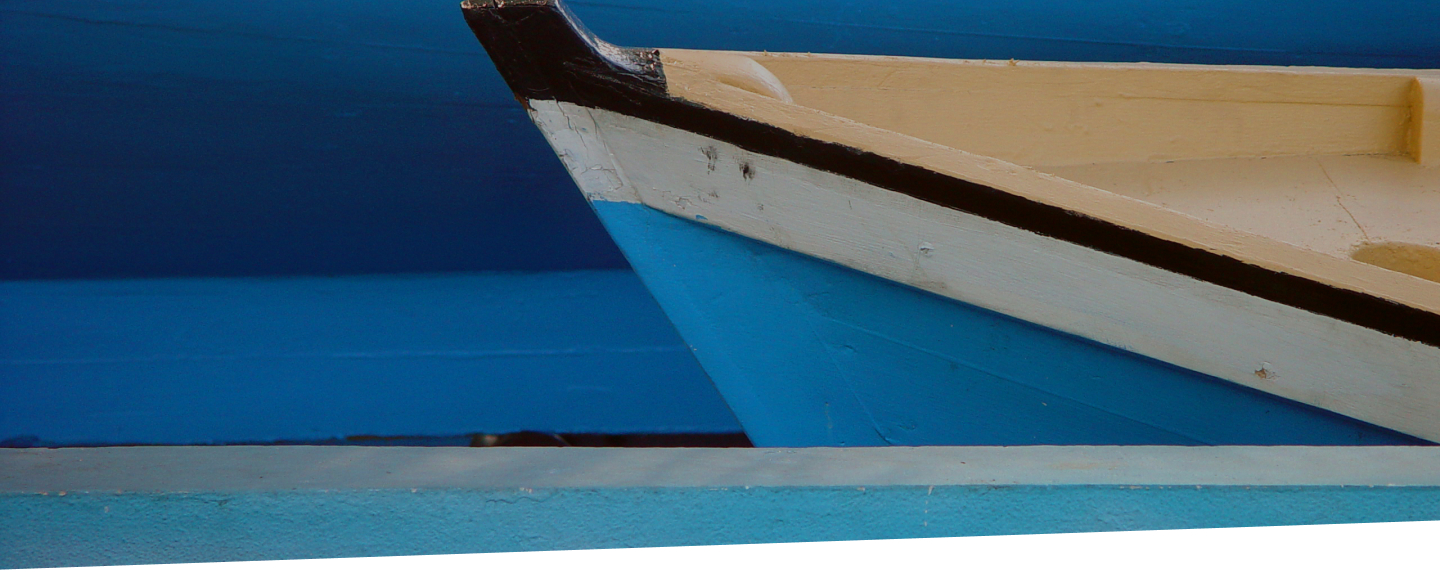
Service Details
Bio
Introduction:
See attached.
Capt. Edwin Walton 1870-1961 Edwin's father Robert Walton a mariner from Portugal, was shipwrecked
in Grand Cayman where he married a local lady named Jessie Watler, who bore him some eight or nine
children. Hearing of opportunities for young people in Cayman Brae, Edwin and his siblings ventured
to pull up their roots and cross some 70 miles of ocean, determined to make a better living on the
sparsely populated sister island. Taking on the challenge, they worked hard and did all in their
power to make a comfortable living, develop their talents and establish homes on this sparsely
populated island. Edwin especially was determined to face the challenges and climb the ladder of
success. Like other ambitious men of the day, he put his mind to becoming a master mariner, learned
the art of navigation and soon became proficient in the art of training and controlling his crew
and sailing his ship across the open ocean to the desired ports around the Caribbean.
He also acquired the proper tools and developed the skill of extracting teeth both at sea and on
land, even in Jamaica and Panama. Some of his dental tools are on display in the Cayman Brae
Museum. As a sea captain, he frequently visited various quays and reefs in the western Caribbean to
catch turtles, harvest bird eggs and mine manure that had been formed by bird droppings. In his trade
and exploits, he frequently visited the Serranilla Quays, Serrana Quays, Quito Sueno Bank, Rosalind
Bank and the island of San Andreas. In the year 1912, en route to Serrana Bank, Capt. Edwin took
some 27 men with him on a turtle fishing trip but was forced by bad weather to stop at Beacon Quay,
Serranilla Bank. When the weather became violent, he and his men anchored the ship as securely as
possible and took shelter on Beacon Quay. In a short time, the weather became so severe that the
ship was swept away, leaving Capt. Walton and his friends without communication and with little
food on this isolated Quay.
There they remained, rationed their food, ate wild birds, prayed in despair and sent a message
adrift in a bottle in hopes that someone would find it and have them rescued. The Lord however
answered their prayers and after 11 days caused a passing ship to halt by and rescue the men,
returning them to Cayman Brae three days later. They were safely at home weeks before the message
in a bottle was discovered by native Indians in Nicaragua. In 1913 Capt. Edwin gained recognition
from the Foreign Office in London for the discovery of what became named Walton Bank in his honor. This
is an ocean bank where the water is much shallower than nearby waters. It is located south of the
west end of Jamaica. In 1925 Capt. Edwin had a difficult experience trying to get some twenty
islanders released after they were taken prisoner by the Columbians and jailed in San Andreas. Even
though the Governor of the island pointed a gun in his face, Capt. Edwin managed to send a telegram
to the British Ambassador in Bogota, Columbia seeking their help. Their response relieved the
situation slightly but the men were still held in an almost destitute condition while their
families at home suffered want and despair.
Capt. Edwin stood by the men, acted as their legal aid and wired the British Ambassador as needed
until the men were finally freed and even recompensed for their time. Reports of Capt. Edwin's
brave and noble fight to free his countrymen was conveyed to the Foreign Office in London, which
expressed their gratitude for outstanding service to his island people and presented him with a
"Chronometer" and a letter of thanks as tokens of their appreciation. The presentation was done in
a special ceremony honouring Capt. Edwin Walton which was hosted by the British Commissioner of the
The Cayman Islands, Mr C. H. Frith and attended by a number of other dignitaries in George Town, Grand
Cayman. In Jamaica, he met a lady named Maggie Quallo, married her and settled in Cayman Brae where
they had and raised seven children. As the years went by he spent more time at home and devoted
more time to boat-building and teaching his sons such skills. As a leader residing at Spot Bay in
the eastern part of Cayman Brae, the Commissioner of the Cayman Islands appointed him to serve as a
Justice of the Peace for that district.



